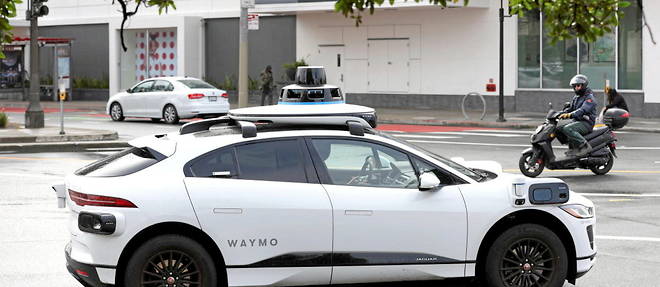Ever since modern autonomous vehicles began being tested in the 2000s, engineers who program their computer code have faced a dilemma. When the car has no choice but to crash into a pedestrian or another pedestrian, which one should it choose? According to what criteria? Should she hit the child or the old lady? Should she swerve to avoid two pedestrians crossing out of the studs, and thus kill a single pedestrian on the crosswalk?
Those situations that would leave a human brain equally helpless cannot be ignored. Impossible to let nature do things, since the vehicle needs rules of the game before it is even put on the market. The puzzle is monumental for car manufacturers. A study published in April 2023 in the journal AI and Ethics even concludes that it is better to try to define which vehicle behaviors are not acceptable, rather than exhausting oneself to find universal solutions that do not exist. Atmosphere…
And for good reason: an MIT study, the results of which were published in Nature at the end of 2018, showed that the answers to these moral dilemmas vary greatly between countries and cultures. By studying 40 million answers collected in 233 countries, the scientists were able to conclude that the solutions are never satisfactory when faced with questions about the age, number or quality of potential victims.
Thus, in China, South Korea or even Japan, respondents voted overwhelmingly to save the elderly rather than young people, contrary to the positions defended in Europe, particularly in France and Greece. The same geographical distribution is seen in response to another question: should the car swerve to save more lives by killing a single pedestrian and not a group of pedestrians? On the other hand, opinions are more divided when it comes to deciding whether to spare passengers or pedestrians: the Japanese massively spare pedestrians, the exact opposite of the Chinese. Europeans generally vote to save pedestrians, with the notable exception of the French, who prefer by a slight majority to save passengers by killing pedestrians.
These divergent responses explain why manufacturers are very discreet about the behaviors they program into their vehicles. In situations where no decision spares all the actors, no answer is acceptable, especially if it must be engraved in the computer code before even being realized…
In addition, programmers who define the behavior of vehicles can be held responsible for damage in the event of an accident. It has already happened in the United States, where engineers have been prosecuted in the same way as drivers of self-driving cars involved in serious accidents.

